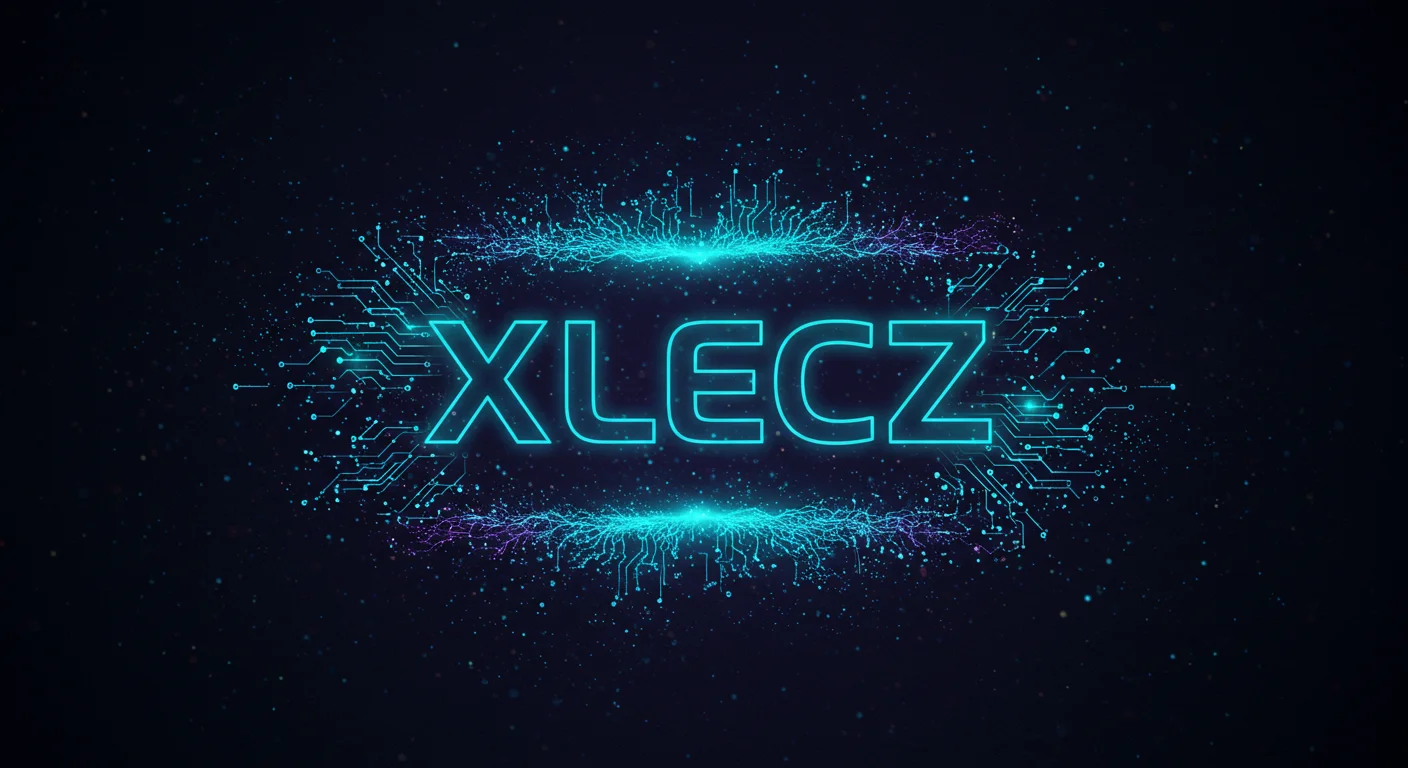What 25GBASE-LR Means
If you’ve been around network equipment lately, chances are you’ve seen 25GBASE-LR modules showing up more and more. They’re part of a broader shift toward faster, more flexible data links that don’t break the budget. While 100G and 400G technologies grab headlines, 25G quietly does a lot of the heavy lifting in enterprise and service provider networks.
Speed and Distance
The “25G” part is straightforward — it runs at 25 gigabits per second. The “LR” part tells you it’s a long-reach design, good for up to about 10 km over single-mode fiber. That’s a comfortable range for linking buildings across a corporate campus, or connecting access switches to core switches in a metro ring.
SFP28 Form Factor Benefits
In terms of physical design, 25GBASE-LR uses the SFP28 form factor. This is basically an updated version of the familiar SFP+ slot, but rated for the higher data rate. The nice thing is that the size is the same, so network hardware that supports SFP28 can also run older SFP+ modules if needed.
Optical Specs That Matter
You’ll find these 25GBASE-LR modules using a 1310 nm laser and LC duplex connectors, which is a pretty standard combo for long-reach optics. The choice of wavelength isn’t random — 1310 nm is well-suited for lower attenuation over single-mode fiber, which keeps signal quality high across that 10 km link.
Performance in Practice
Performance is solid and predictable. With 25 gigabits of bandwidth, a single link can handle modern workloads, from virtual machine traffic to storage replication. In many cases, organizations use 25G to double their capacity without doubling complexity.
Why Companies Choose It
Cost-effectiveness is another reason for their popularity. They hit a point where performance gains over 10G are noticeable, but the jump in price to 40G or 100G isn’t necessary for every scenario. This makes them an easy sell for IT budgets that are always under scrutiny.
Field Examples and Gotchas
Plenty of campus networks have moved their backbone links to 25GBASE-LR while leaving edge devices at 1G or 10G. In data centers, it’s common to see 25G server uplinks feeding into 100G aggregation switches — four 25G links per 100G port lines up neatly. The main “gotcha” is ensuring fiber cleanliness and checking insertion loss — long-reach optics are more sensitive to dirty connectors than short-range ones.
Where It Fits and Where It Doesn’t
Of course, there are times when 25GBASE-LR isn’t the best fit. If your link is only a few dozen meters, you’re probably better off with a cheaper short-reach module. If your network plan involves distances beyond 10 km, you’ll have to look at extended-reach gear.
Closing Note
The real takeaway is that 25GBASE-LR modules are filling an important role in network evolution. They’re not the fastest out there, and they don’t have to be. They’re designed for a clear purpose — reliable, cost-efficient, medium-distance links — and they do that job exceptionally well.



